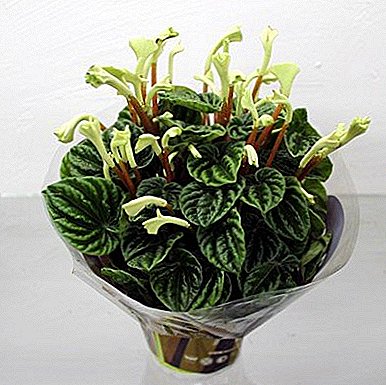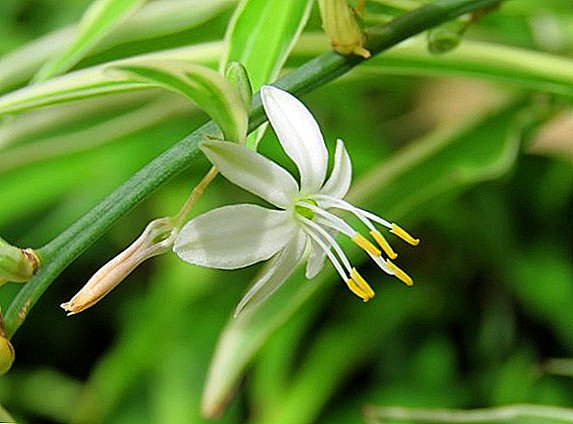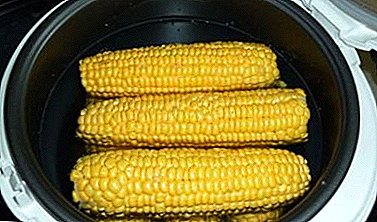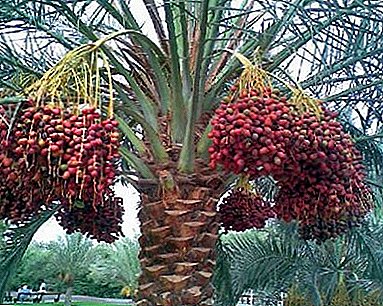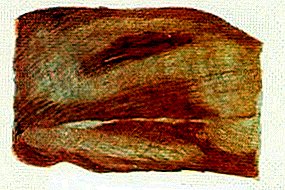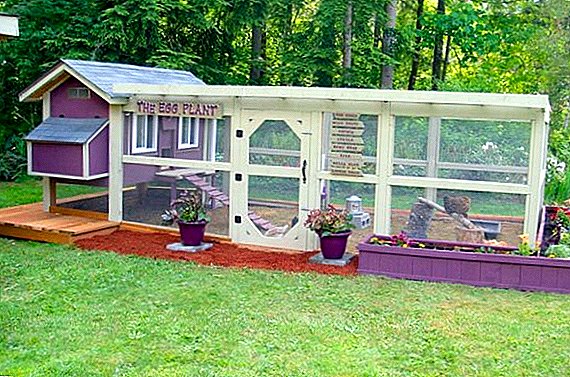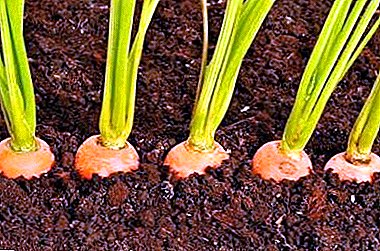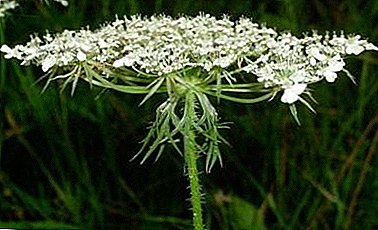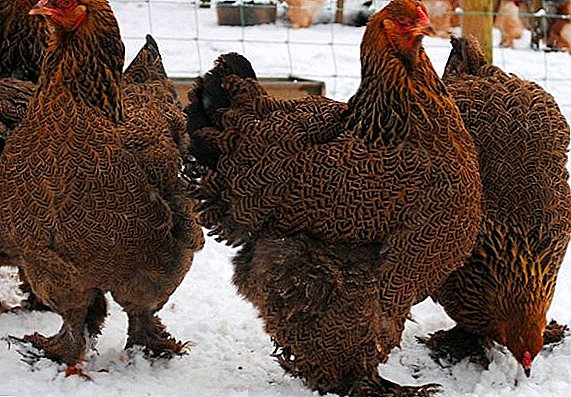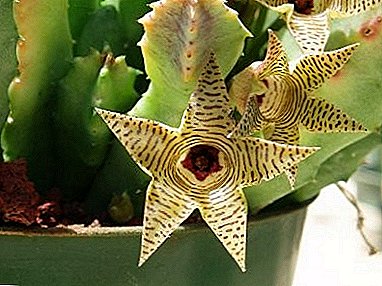
Guernia - a genus of perennial, stunted plants belonging to the Lastovnev family.
The main distribution area is the Arabian Peninsula or East and South Africa.
Flower "Guerniya" - an exotic genus of indoor plants. It is original for its stems, shape and color of flowers.
Plant description
Volumetric trunks of Guernia dark green or with a reddish tinge, in which there is an accumulation of moisture, mostly short, but sometimes reach a height of 20-30 cm; branch at the base and have several faces.
They can be erect or creeping. On the trunks are sharp teeth without spines. The shape of the stems can be the most diverse. The ends of the stems consist of sharp, bent out teeth.
 Guernias flowers small, they are different in shape, bloom on short pedicels. Outwardly, they are fleshy and as if wax. Covered with small growths.
Guernias flowers small, they are different in shape, bloom on short pedicels. Outwardly, they are fleshy and as if wax. Covered with small growths.
A corolla of flowers consists of 5 petals, which, depending on the species, may have different monochromatic colors or with specks and spots.
Flowers of all kinds of Guernia They produce a very unpleasant odor, which is enhanced by exposure to sunlight. The smell of flowers attracts flies for pollination.
Blooms Guernia long enough - from the beginning of summer to September. First, at the base of the stem, buds appear that look like boxes.
Then the flowers begin to bloom. They can be single or several pieces. Flowers live for about two days, then new ones appear immediately. After flowering under the condition of pollination appear fruits.
Root system Guernias flower is fibrous, small.
Kinds
The genus Guernia contains about 60 species. For growing at home fit the following:
- Guerniya Bearded (HUERNIA BARBATA). Ribbed stems are short, up to 6 cm, fleshy, with sharp teeth, about 2 cm thick. The flowers have a yellow-brown color with red stripes.
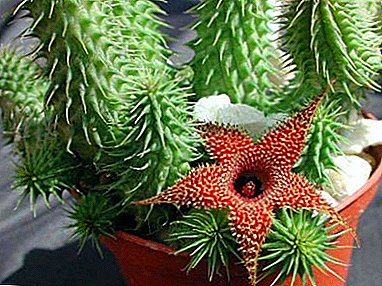 Guerniya Krupnoplodnaya (HUERNIA MACROCARPA). Stems grow more than 7 cm, have sharp teeth.
Guerniya Krupnoplodnaya (HUERNIA MACROCARPA). Stems grow more than 7 cm, have sharp teeth.The flower is small, yellow, with many brown stripes, color.
In the natural environment is common in Ethiopia. It has many subspecies.
- Guerniya Hairy (HUERNIA PILANSII). Short thick stems have several faces. On them are very dense growths with long hairs.
Flowers of small size look like bells. Painted in red with pale spots of color. The inner part is covered with small narostiki.
- Guerniya Rough (HUERNIA ASPERA). Stems are long, up to 20 cm, dormant, light green, sometimes with a pinkish tinge, have many faces.
It blooms with medium flowers that have 5 fused bent petals. Flowers have a bell-shaped form, the outside is painted in a light shade, and the inner surface has a dark maroon color.
- Guerniya Graceful (HUERNA CONCINNA). The pentahedral stems are light green in color, may be reddish. At the same time, several pale yellow with red dots of flowers bloom.
- Guerniya Striped (HUERNIA ZTBRINA). The stems have 4-5 facets, green with divorces of color, about 8 cm long. Inside the colors there is a thick glossy brown ring.
The petals of the corolla are colored yellow with red-brown transverse stripes. The pattern of flowers resembles a zebra color.
A photo
Guerniya Bearded:
Guerniya large-fruited:

Hairline hairy:

Guerniya Rough:
Guerniya Graceful:
Guerniya Striped:
Home care
There are a number of features in the care of Guernia at home.
Temperature
Guernia heat-loving plant. She can freely tolerate a temperature increase of up to + 26-27 degrees. But with the onset of heat in the summer, it is better to shade from direct sunlight or to take it to a less hot place.
At very high temperatures, Guernia can get burned on stems and flowers. Constantly maintained high temperatures can lead to the death of perennials.
Watering
Guernia is very susceptible to rot.
In constantly wet soil, root decay will occur quickly enough, the succulent may die.
It is necessary to water Guernia very moderately., only after the substrate in the pot becomes dry. In the summer it is done every 2 weeks. In the autumn, watered once a month.
In winter, watering must be reduced to a minimum.. When the temperature drops, the excessive moisture of the earth will lead to the rotting of parts of the plant.
Top dressing
 Fertilizers for Guernia you can apply those that sold in specialized stores and intended for succulents.
Fertilizers for Guernia you can apply those that sold in specialized stores and intended for succulents.
They contain a sufficient amount of additives and trace elements necessary for good growth and timely and long flowering.
Fertilizers need to be 1-2 times during the growing season and flowering.
When buying fertilizer, it is important to ensure that it contains a low percentage of nitrogen. In winter, plant nutrition is not required..
Shine
Guernia prefers bright light.
During flowering, in the spring-summer period, it is better to keep a pot with it on the lighted window.
At the end of winter, when with the beginning of the growing season there is a need to increase the daylight hours.
Perennial can add artificial lighting.
Air humidity
Due to increased susceptibility to rot, Guernias need lower than average humidity.
Spray stems can only occasionally. It is better to wipe them with a damp cloth, thereby removing dirt and dust accumulated on them.
In an overly humid environment, the trunks will turn into mucus in just a few days.
The soil
 Guernia needs breathable, loose soil. To do this, mix leaf and sod land with coarse sand.
Guernia needs breathable, loose soil. To do this, mix leaf and sod land with coarse sand.
Need to add a lot of fine gravel. At the bottom of a low but wide enough pot you need to put a good drainage.
Transfer
Transplant for young copies of Guernia need to spend every spring before flowering.
The plant constantly gives new shoots, during spring and summer it grows intensively and requires ever wider capacities.
The root system of Guerniya is small, so it can be transplanted at 2-3 years of age.
Breeding
Reproduced Guerniya cuttings appearing on the stems, and seeds.
For propagation by cutting it is necessary to cut the young process with a sharp and delicate instrument from the plant. Escape need a little hold in a dry place in order to heal the place cut. After that, place in water, peat or sand.
Rooting may continue for a month. Then rooted bone must be planted in the prepared substrate. Immediately after planting it is better not to water it. After some time, make the necessary fertilizers.
If on Guernias ripe fruit, you can use the seeds contained in it for planting. For this, early spring seeds are sown in a substrate of peat and sand.
The emergence of seedlings will begin in 3-4 weeks. After that, teens need to be seated in different pots.
Dried and damaged stems can be removed. But it is necessary before this to carefully examine them for new shoots.
It is necessary to cut only those on which young shoots do not begin to grow, because the flowers appear only on them.
Diseases and pests
Guernia is resistant to fungal diseases.
The only disease that can damage it is rot, which appears due to an excess of moisture.
 In dry air and with low soil moisture, in which perennial develops, it can attack mealybug.
In dry air and with low soil moisture, in which perennial develops, it can attack mealybug.
This insect sucking from parts of flowers is afraid of moisture, so to remove it, the succulent can be washed under running water or the larvae and adults can be cleaned with a cloth moistened with an alcohol solution or water.
If a worm spread strongly recommended spray guernia with intoxication.
If you want to create something unusual in your apartment, you can grow several types of this wonderful succulent and form a small decorative garden out of them.


 Guerniya Krupnoplodnaya (HUERNIA MACROCARPA). Stems grow more than 7 cm, have sharp teeth.
Guerniya Krupnoplodnaya (HUERNIA MACROCARPA). Stems grow more than 7 cm, have sharp teeth.